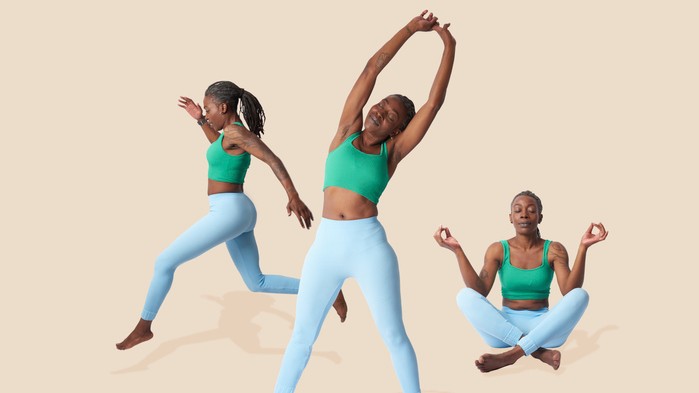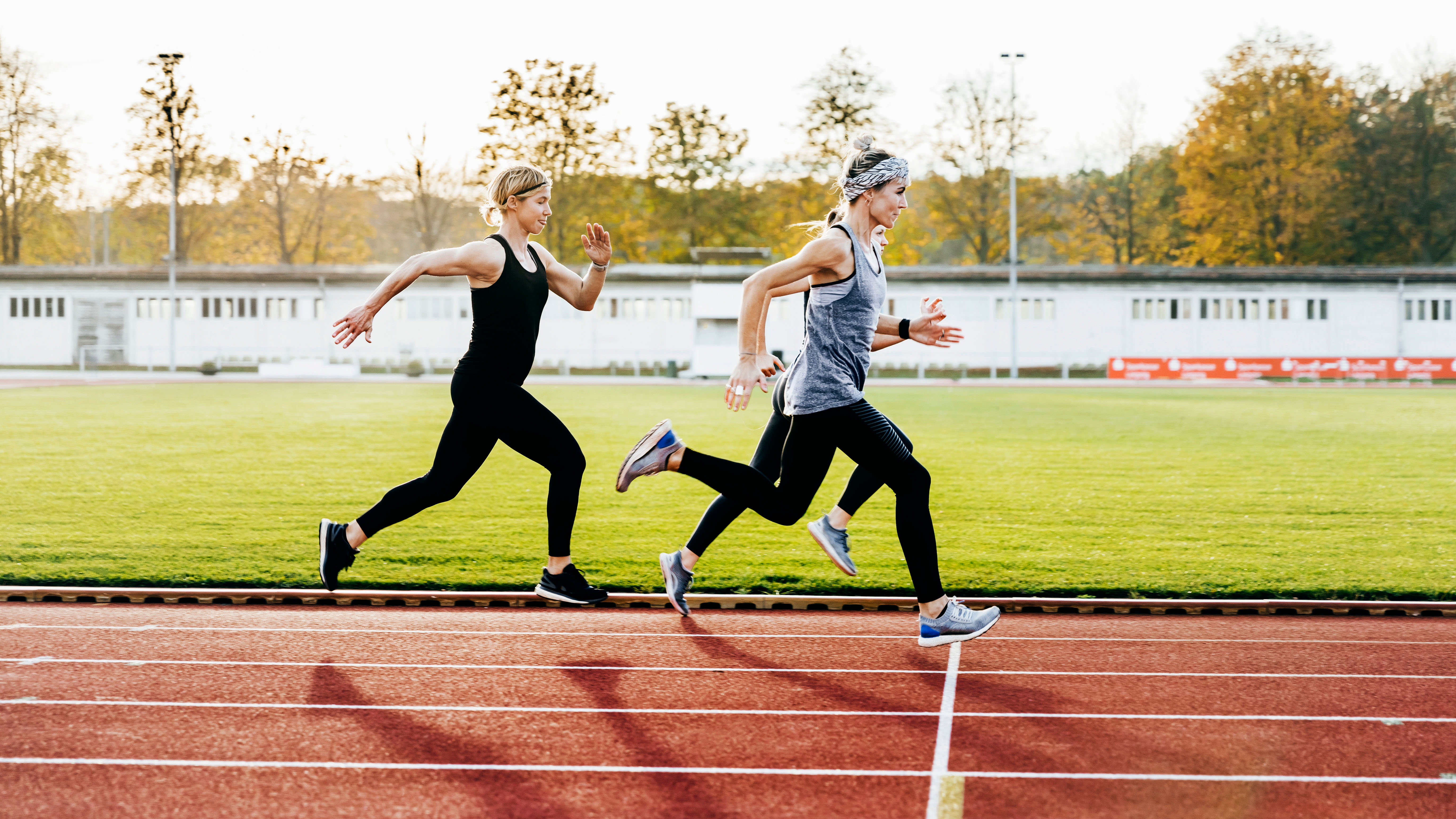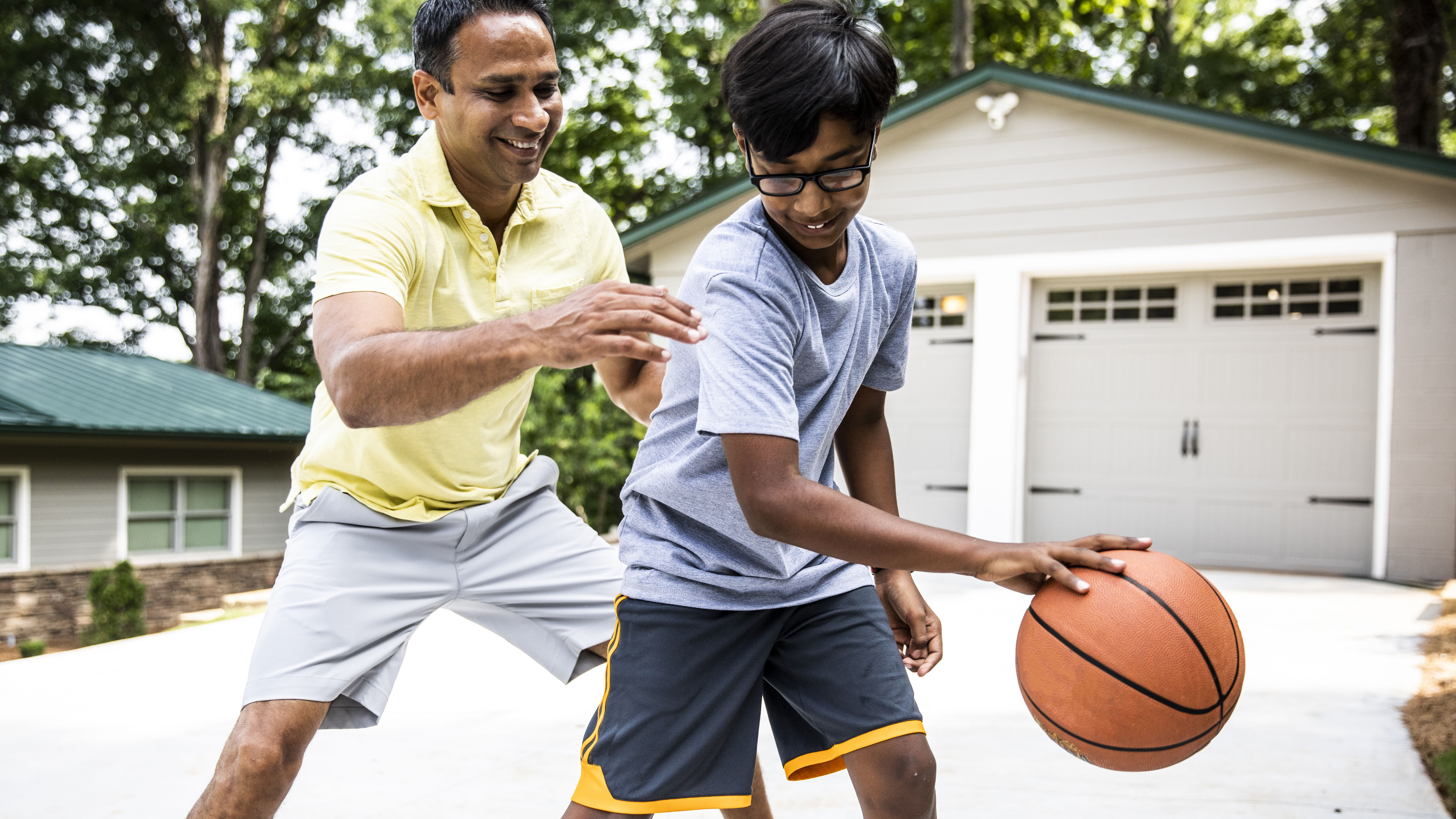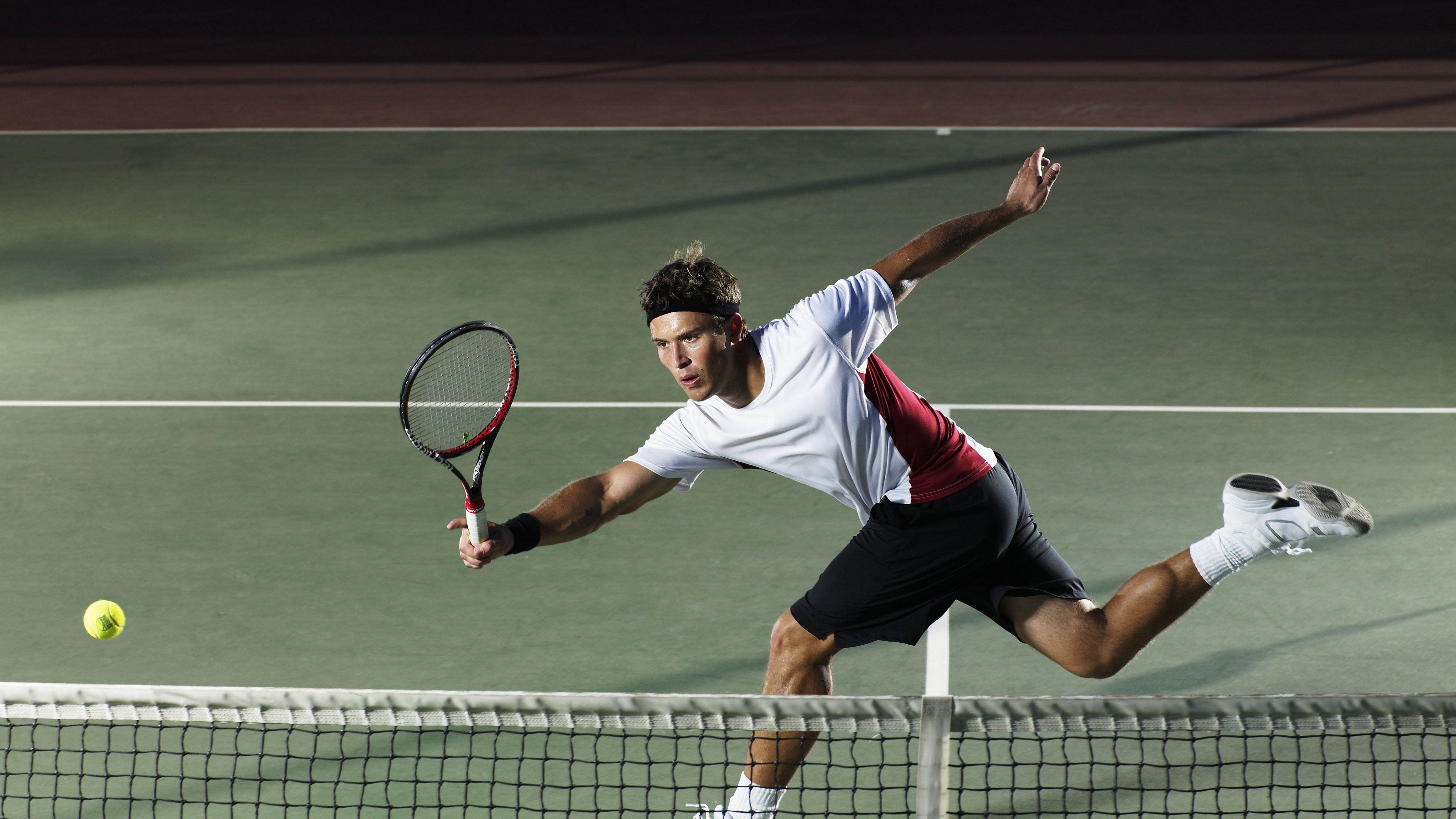What are the different components of fitness
From agility and balance to strength and flexibility, discover the different components of fitness and how to train effectively

While we may refer generally to ourselves or someone else as fit, there are many components of fitness. It’s a general term that lacks the specificity you might need to improve in your particular sport or athletic discipline.
For example, the exercise physiologist Tom Cowan notes the need for those playing the same sport, but in different positions, to have various components of fitness in very different degrees.
“Speed may be a key requirement for a striker in soccer but not so important for a goalkeeper,” says Cowan. “Agility may have a more determining role in the ‘keeper’s level of performance.” Training plans with efficient full body movements (hello best rowing machines) are great foundations, but when we’re considering the components of fitness the need for specificity comes into play.
“It is important that we don’t focus on just one of these areas but instead try to improve our fitness holistically, thinking about training to improve each of these areas. Training programmes should incorporate training for the different components of fitness as they have different benefits for the body,” says Cowan.
In the following article, we’ll explore these benefits, along with explanations as to what the different components of fitness are and breaking them up into their two main categories along the way: health-related and skills-related components.

Tom is a registered Clinical Physiologist with The Registration Council for Clinical Physiologists (RCCP). He is accredited by both the British Association for Cardiovascular Prevention and Rehabilitation (BACPR) and the Register of Exercise Professionals. Tom has a First Class Honours degree in Sport and Exercise Science from Loughborough University, is a Wright Foundation specialist in Cancer Rehabilitation and is BACPR qualified in Cardiovascular Prevention and Rehabilitation.
Health-related components
Cardiovascular endurance
“Cardiovascular endurance can be described as the body’s ability to transport oxygen during sustained exercise,” says Cowan. It’s best shown through an individual’s VO2 Max, the maximum volume of oxygen you can take in, transport in your blood and utilize in your muscles.
Any exercise that increases your heart rate will test and improve your cardiovascular endurance, including running, rowing, HIIT workouts and cycling. Marathon runners are what immediately comes to mind when thinking about cardiovascular endurance, but Cowan actually points to cross-country skiers as the best example.

“Cross-country skiers typically have some of the highest VO2max values,” says Cowan. “This can be explained because cross-country skiing requires the contraction of several large muscle groups throughout the body, which places a great demand on the cardiovascular system to supply all of these working muscles with the blood and oxygen that they require to repeatedly contract.
“The large demand on the cardiovascular system acts as a great stimulus for physiological adaptations, which enhance the cardiovascular system and cardiovascular endurance of the individual,” he says.
Building up your cardiovascular endurance can help to reduce the workload placed on your heart, while reducing the risk of developing health conditions, such as cardiovascular disease, hypertension and diabetes.
There could even be a best time to workout to help support cardiovascular training.
Flexibility
Flexibility is the range of motion in a joint or group of joints, or the ability to move joints effectively through a complete range of motion. Obvious choices for improving your flexibility include yoga, Pilates and gymnastics.
The main way flexibility is tested is through the sit-and-reach test, in which the individual is sat on the floor, legs stretched out and feet pointed towards the ceiling against a box or table, on which a ruler is sat measuring how far you can reach forward. Increased flexibility can positively impact the two following components – muscular strength and endurance – while increased range of motion is a key component in preventing injuries.
Muscular endurance
“Muscular endurance is the ability of the muscle to perform sustained work,” says Cowan. In other words, it’s being able to repeatedly contract the muscle – like a bicep during a curl for example – for an extended period of time without getting tired.
“Training to improve muscular endurance typically involves performing a resistance exercise for more repetitions at a lesser resistance,” says Cowan. He recommends more than 15 repetitions for each set in order to help the muscle resist fatigue, while keeping your between sets rest time to a minimum.

Muscular strength
In contrast, muscular strength is the muscle’s ability to produce force against a resistance – in other words, how heavy you can go – so to build for this component you’ll want to up the kg while cutting your number of reps.
“By adjusting the volume (repetitions) and intensity (resistance/weight) used in a resistance exercise you can target the training to stimulate an improvement in muscular endurance or in muscular strength,” says Cowan. “For muscular strength training, rest periods should be longer between sets to allow the muscle adequate time to recover to be able to produce forceful contractions in the next set.”
Body Composition
Body composition is the distribution of muscle and fat in the body, and is most commonly measured via your body fat percentage. Athletes tend to have a lower body fat percentage than people who are physically fit because having less fat improves their athletic performance. For example, a gymnast would need a lean body composition to hurl themselves through the air.
Want to get an insight into your own body composition? Read up on how body fat is calculated first.
Skills-related components
Agility
The definition of agility is a contentious one. A 2005 review in the Journal of Sports Sciences provided one that has drawn a consensus around it, defining agility as “a rapid whole-body movement with change of velocity or direction in response to a stimulus.”

That stimulus could be a shot at a soccer goal, for example, where a goalkeeper needs to be agile in order to react and move his body into a position to keep the ball out of the net. Agility is a skill that is important in a lot of sports, and as such agility training is an important part of an elite athletes training plan. Plyometric box jumps, shuttle runs and cone weaves are all movements that can help build agility.
The Illinois Agility Test is arguably the most well-recognised test for assessing agility. And sees the individual start the course lying face down by the first cone, before running and weaving through a series of cones in a set order till they hit the finish line.
Balance
Balance is a component of fitness that relates to your ability to stay in control of your body position. Balance can take on dynamic and static forms. The latter might be holding a handstand in yoga for example, while the former can refer to something like walking or running, or a more complex form, such as managing to keep moving after being tackled.
Balance is important in sport, and in everyday life. “Balance training can help to reduce your risk of falls,” says Cowan, “which may be particularly important for older adults.”
Coordination
Coordination is the ability to use two or more body parts together. It’s all about selecting the right muscle, at the right time, with the necessary intensity to successfully complete the action. Coordination is especially important in sports that require you to hit a ball, like cricket, tennis, and golf.

Our own coordination comes down to how effective our motor skills are, which can be broken up into fine or gross. Fine motor skills are about our coordination in relation to small movements, like a snooker shot, and the ease they are performed, while gross motor skills involve large movements and muscle groups.
Power (And Speed)
Power is the ability to apply maximum force as quickly as possible. The two components of power are strength and speed (which by itself counts as a component of fitness), and power can essentially be thought of as strength at speed.
For many sports power is required more than strength or speed on its own, but power alone will not directly result in good performance (this stands true for every component of fitness). The perfect example of power on the gym floor is in an Olympic lift like the snatch where the lifter has to move a heavy barbell stacked with weights quickly.
Reaction time
And finally, we come to reaction time: how long it takes you to respond to a stimulus, like a boxer's ability to react to a punch. It relates heavily to your mind-body connection, with your eyes seeing the stimulus, your mind then interpreting, and your body reacting in accordance with that interpretation. Experience plays a big part in reaction time, as you develop the knowledge that then enables you to react more quickly and accurately to the stimulus.
Sign up for the Live Science daily newsletter now
Get the world’s most fascinating discoveries delivered straight to your inbox.
A former commissioning editor at men’s lifestyle site FashionBeans, and lifestyle writer at The Telegraph, Richard takes pride in his ability to craft engaging reads on pretty much any topic imaginable. He is currently editor of inForm, the in-house magazine of supplements brand Form Nutrition, and specialises in easy-to-follow guides within the health and fitness space. Along with these roles, Richard also has bylines with The Evening Standard and The Independent.











